Bibliography
Blofield, J. (trans.): The Huang Po Doctrine of the Universal Mind, London, 1947 Blyth, R. H.: Haiku (4 vols.), Tokyo, 1949-52
___: Zen in English Literature and Oriental Classics, Tokyo, 1948
Brasch, H.: "Zenga: Zen Buddhist Painting," Oriental Art, Vol. VI, No. 2
Brasch, K.: Hakuin und die Zen Malerei, Tokyo, 1957
Coomaraswamy, A.: Buddha and the Gospel of Buddhism, London, 1915
Eliot, C.: Japanese Buddhism, London 1935
Grosse, E.: Ostasiatische Tuschmalerei, Berlin, 1923
Herrigel, E.: The Method of Zen, New York, 1960
___: Zen and the Art of Archery, London, 1953
Hisamatsu, H. S.: "Seven Characteristics of Zen Art," It Is, No. 5
___: Zen and the Fine Arts, Kyoto, 1958
Humphreys, C.: Buddhism, London, 1951
___: Zen Buddhism, London, 1949
Kuck, L. E.: The Art of Japanese Gardens, New York, 1941
Ross, N. W.: The World of Zen, New York, 1960
Sadler, A.: Cha-no-Yu, Kobe and London, 1933 (reprinted, Tokyo and Rutland, Vermont, 1962)
Seckel, D.: Buddhistische Kunst Ostasiens, Stuttgart, 1957
Siren, O.: Chinese Painting: Leading Masters and Principles, New York, 1958
___: "Zen Buddhism and Its Relation to Art," Theosophical Path, October 1934
Suzuki, D. T.: Essays in Zen Buddhism, Series 1-3, London, 1949-51
___: Introduction to Zen Buddhism, New York, 1949
___: "Sengai, Zen, and Art," Art News Annual, 1958
___: Zen and Japanese Buddhism, Tokyo, 1958
___: Zen and Japanese Culture, New York, 1959
___: Zen and the Doctrine of No-Mind, London, 1949
Tanaka, I.: Liang K'ai, Kyoto, 1957
Waley, A.: Introduction to the Study of Chinese Painting, London, 1923
___: Zen Buddhism and Its Relation to Art, London, 1922
Watts, A. W.: The Spirit of Zen, London, 1955
___: The Way of Zen, New York, 1957
Wong Mou-lam (trans.): The Sutra of Wei Lang, London, 1944
Wright, A.: Buddhism in Chinese History, Stanford, 1959
 CHAPTER ONE
CHAPTER ONE
The Origin & Nature
of Zen Buddhism
IT IS IMPOSSIBLE to define Zen in words. The Zen masters insisted that what can be expressed verbally is not Zen, just as centuries earlier Lao-tzu had said, "If the Tao could be comprised in words, it would not be the unchangeable Tao." Ever since that day, according to Zen legend, there has existed a third tradition, Dhyani or meditative Buddhism (known as Ch'an in China and Zen in Japan) which stands apart from the two main bodies of Buddhism, the Hinayana, or Small Vehicle school, which still flourishes in Ceylon, Thailand, and Burma, and the Mahayana or Great Vehicle school, which has been dominant in China and Japan.
The first event in the history of Zen Buddhism which can be documented with a fair amount of certainty is the arrival in China in A.D. 527 of the Indian monk Bodhidharma, better known by his Japanese name of Daruma, who is said to have been the twenty-eighth patriarch in the line of descent from Buddha's disciple Kasyapa. The Liang dynasty emperor Wu, upon hearing of the great teacher's arrival, at once summoned him to his court at Nanking, but the encounter must have been a disappointment to the emperor, who could not have enjoyed the answers that the monk gave to his questions. When the Son of Heaven asked if he had acquired merit by building temples, distributing scriptures, and giving alms, Bodhidharma replied, "Not at all." Upon being asked in what true merit consisted, the teacher said, "In the obliteration of Matter through Absolute Knowledge, not by external acts." Finally, when asked who he who had come before the imperial throne was, the patriarch replied, "I do not know." It is reported that Bodhidharma thereupon left the capital and established himself in a small country temple in northern China where he sat contemplating a wall for nine years, during which period disciples came from all over China to study with him. Little is known about his end. Some records say that he returned to India, others that he died in China, but all agree that he lived to a venerable old age. Considered the first of the Chinese Ch'an patriarchs, he had many followers, among whom Hui-k'o was the most significant.
The next really important figure in the development of Dhyani Buddhism was the sixth patriarch, Hui-neng (in Japanese, Eno), who lived from 637 to 713 and who must be looked upon as the true founder of what we call Ch'an or Zen Buddhism. A man of the T'ang period, he lived during the golden age of Chinese culture and was deeply versed not only in Indian religious doctrine but also in native Chinese philosophy. The essence of Hui-neng's teaching consisted of looking into one's own Buddha nature, since only there could one find the prajna, or supreme wisdom. According to Hui-neng, what was necessary for enlightenment was not dhyana, or contemplation, but the return to one's true being. When a monk asked him for instruction, he replied, "Show me your original face before you were born.'' Unlike the Indian sages, who thought in abstract philosophical terms, his approach was always direct and specific, in keeping with the Chinese tradition. Upon being asked about his teaching, he replied, "My master had no special instruction to give, he simply insisted upon the need of our seeing into our own nature through our own efforts; he had nothing to do with meditation, or with deliverance. To take hold of this non-duality of truth is the aim of Zen. The Buddha-Nature of which we are all in possession, and the seeing into which constitutes Zen, is indivisible into such opposition as good and evil, eternal and temporal, material and spiritual. To see dualism in life is due to confusion of thought; the wise, the enlightened, see into the reality of things unhampered by erroneous ideas."
Perhaps the best summary of Zen teaching is found in the following gatha or sacred lines, which have been attributed to Bodhidharma himself but which probably date from several centuries later.
"A special transmission outside the doctrinal teaching,
No dependence on letters or words,
Pointing directly at the Mind in every one of us,
And seeing into one's Nature, whereby one attains Buddhahood."
All the essential features of Zen Buddhism are contained in these lines. First, Zen exists outside the traditional doctrines of Buddhism, having little to do either with religion or philosophy as they are usually understood. It stands apart from all other sects, and in a way is closer to the experiences of mystics in general than to the followers of Sakyamuni or the worshippers of Amitabha, the Buddha of the Western Paradise. Second, in contrast to the other sects, the Zen masters paid little attention to the sacred scriptures of Buddhism, of which the Buddhist canon includes no less than five thousand volumes, some attributed to Gautama himself, others to later disciples and various unknown authors. The reason that Zen turned away from the Scriptures is that it was felt that real knowledge could never be found through study but only in awakening to one's own nature. This leads to the third and fourth points: that the Mind, the Ultimate Essence, the Tao, or, as the Zen masters would say, the Buddha, is not in Paradise, or the temple, or the sutras, but in our heart, and only by looking into the depth of our essential selfafter first stilling the desires and tensions of our outward lifecan we find peace and become a Buddha. There is a striking parallel between this doctrine and that of other mystic sects. What the Dhyani Buddhist calls the Buddha nature, or Zen, is similar to what the Christian mystic calls God, Lao-Tzu and his followers Tao (a term also used by Zen Buddhists), the Hindus Brahman, or Martin Buber, the great contemporary Jewish mystic, the Ground of All Being.

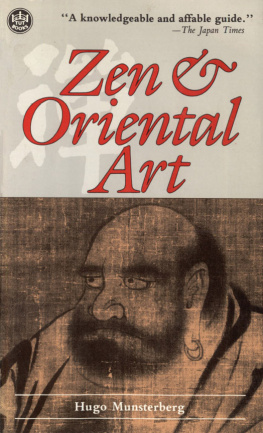
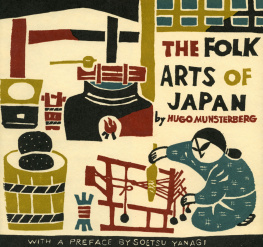

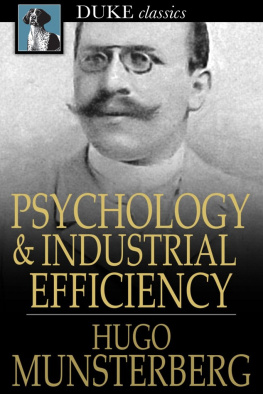


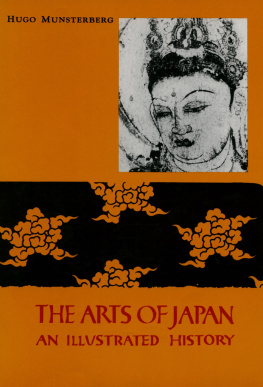
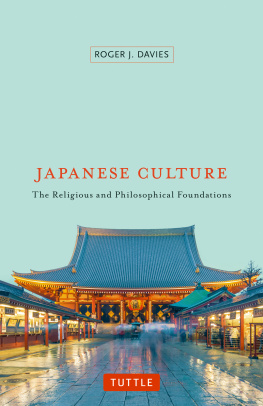
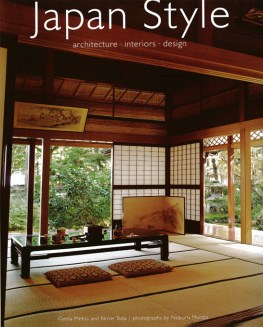
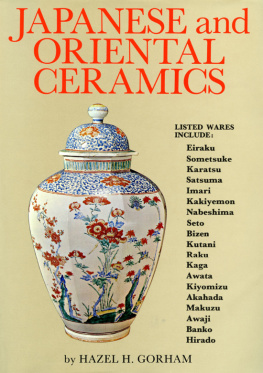
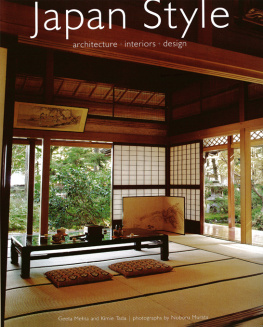
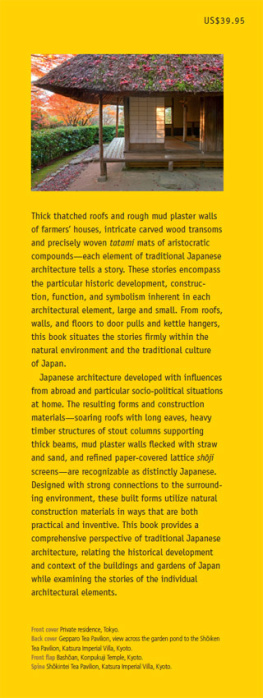
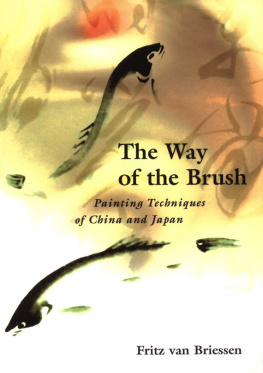
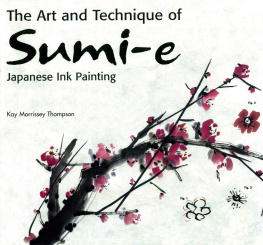
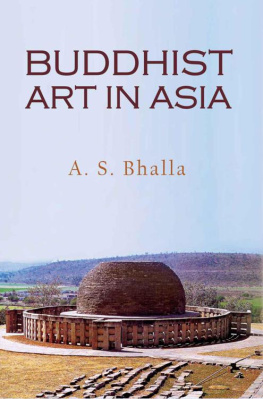
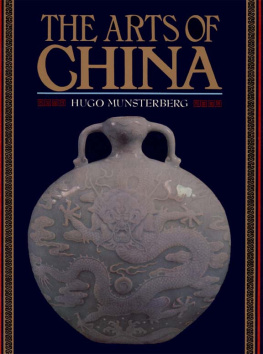

 CHAPTER ONE
CHAPTER ONE